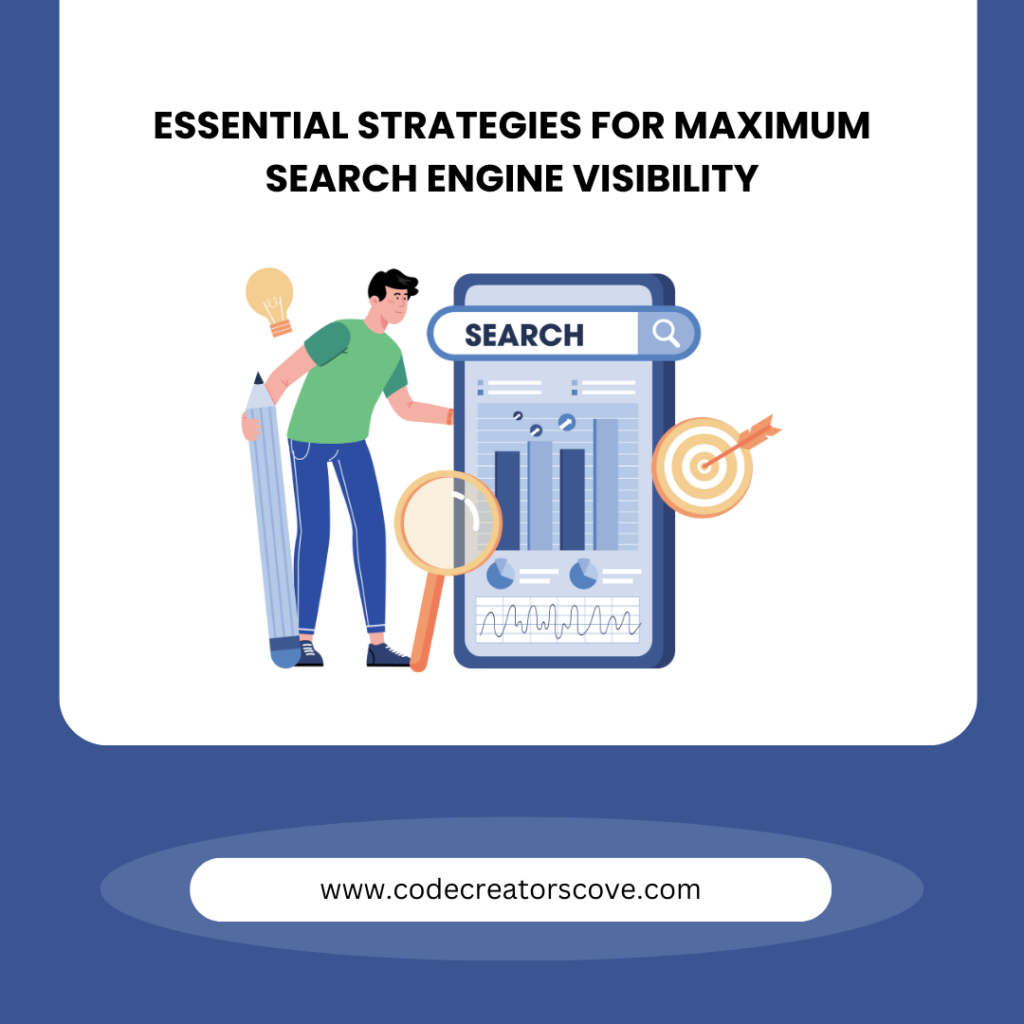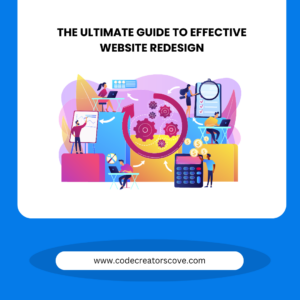To reach your target audience, your website needs to be easily discoverable on search engines like Google. Search engine optimization (SEO) is the key to improving your website’s visibility and attracting organic traffic. This guide will walk you through essential strategies to boost your website’s SEO, ensuring it ranks higher in search engine results and reaches the right audience.
1. Conduct Thorough Keyword Research
Keywords are the foundation of SEO. They are the terms and phrases that potential customers use to find your products or services online. To optimize your website’s search engine visibility, start by conducting thorough keyword research:
– Use Tools: Utilize tools like Google Keyword Planner, SEMrush, or Ahrefs to find relevant keywords with high search volume and low competition.
– Focus on Long-Tail Keywords: Long-tail keywords are specific phrases with lower search volume but higher intent, making them easier to rank for and more likely to convert.
– Analyze Competitors: Look at the keywords your competitors are ranking for and consider targeting similar terms.
2. Optimize On-Page SEO
On-page SEO involves optimizing individual pages on your website to rank higher and earn more relevant traffic. Key elements to focus on include:
– Title Tags: Ensure each page has a unique, keyword-rich title tag that accurately describes its content.
– Meta Descriptions: Write compelling meta descriptions that include your target keywords and encourage clicks.
– Header Tags (H1, H2, H3): Use header tags to structure your content and make it easier for search engines to understand.
– URL Structure: Create clean, descriptive URLs that include keywords and reflect the page’s content.
– Internal Linking: Link to other relevant pages on your site to help search engines understand the structure and importance of your content.
3. Create High-Quality Content
Content is king when it comes to SEO. Search engines prioritize websites that provide valuable, relevant, and engaging content to users. Here’s how to ensure your content meets those criteria:
– Understand Your Audience: Create content that addresses the needs, questions, and pain points of your target audience.
– Focus on Quality Over Quantity: It’s better to publish fewer, high-quality articles than to churn out lots of low-value content.
– Incorporate Keywords Naturally: Include your target keywords in the content, but avoid keyword stuffing. Focus on readability and user experience.
– Update Content Regularly: Keep your content fresh by updating older articles with new information and republishing them.
4. Improve Website Speed and Performance
Search engines consider website speed as a ranking factor. A slow-loading website can hurt your search engine rankings and drive visitors away. Here’s how to optimize your site’s performance:
– Optimize Images: Compress images without sacrificing quality to reduce load times.
– Minimize HTTP Requests: Reduce the number of elements on a page (like scripts, images, and stylesheets) to speed up load times.
– Enable Browser Caching: Allow browsers to store cached versions of your website to improve load times for returning visitors.
– Use a Content Delivery Network (CDN): Distribute your content across multiple servers to reduce the distance data must travel, resulting in faster load times.
5. Enhance Mobile-Friendliness
With more users accessing the internet via mobile devices, mobile-friendliness is crucial for SEO. Google prioritizes mobile-optimized websites in its search results. To enhance your site’s mobile-friendliness:
– Responsive Design: Ensure your website automatically adjusts to fit any screen size, providing a seamless experience across devices.
– Optimize for Touch: Make sure buttons and links are large enough to be easily tapped on mobile devices.
– Improve Mobile Load Speed: Optimize images, enable lazy loading, and use mobile-friendly themes to speed up your site on mobile.
6. Build High-Quality Backlinks
Backlinks, or links from other websites to your own, are a significant factor in search engine rankings. However, not all backlinks are created equal. Focus on building high-quality backlinks from reputable sources:
– Guest Blogging: Write guest posts for authoritative sites in your industry and include links back to your website.
– Influencer Outreach: Connect with influencers in your niche and encourage them to link to your content.
– Create Shareable Content: Produce valuable, shareable content like infographics, research reports, or case studies that others in your industry will want to link to.
7. Utilize Local SEO
If your business serves a specific geographical area, local SEO is essential for improving your search engine visibility. Local SEO focuses on optimizing your online presence to attract customers from specific regions:
– Claim and Optimize Your Google My Business Profile: Ensure your business information is accurate, add photos, and encourage reviews.
– Include Location Keywords: Incorporate local keywords into your website content, meta descriptions, and title tags.
– Get Listed in Local Directories: Submit your business to local online directories to improve visibility in local search results.
8. Monitor and Analyze Your SEO Performance
SEO is an ongoing process that requires regular monitoring and adjustments. Use analytics tools to track your website’s performance and make data-driven decisions:
– Google Analytics: Track metrics like organic traffic, bounce rate, and conversion rates to understand how your SEO efforts are paying off.
– Google Search Console: Monitor your website’s performance in search results, identify issues, and submit sitemaps for better indexing.
– Regular Audits: Conduct regular SEO audits to identify and fix any issues that could be hindering your website’s performance.
Conclusion
Optimizing your website’s search engine visibility is not a one-time task but an ongoing process that requires consistent effort. By implementing these strategies—conducting thorough keyword research, optimizing on-page elements, creating high-quality content, improving site performance, enhancing mobile-friendliness, building quality backlinks, utilizing local SEO, and regularly monitoring your efforts, you can significantly boost your website’s visibility on search engines and attract more organic traffic.


